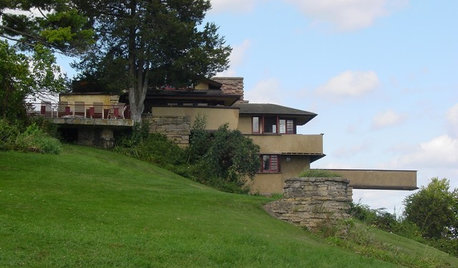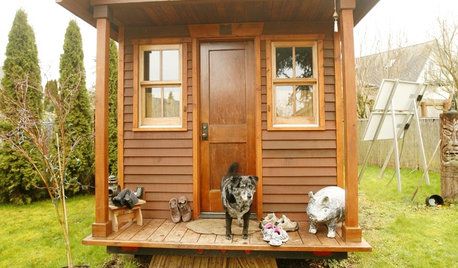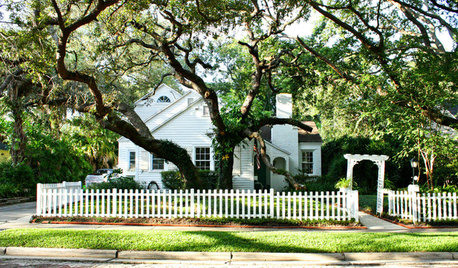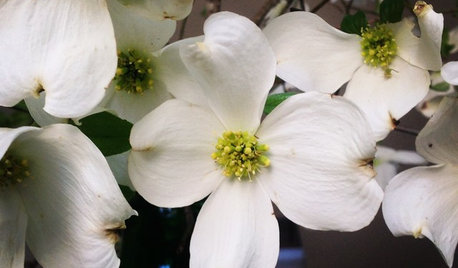Southeast MS Forestry 100 Years Ago
MissSherry
16 years ago
Related Stories

HISTORIC HOMESTaliesin Celebrates a Landmark Day
This Wisconsin studio and retreat built by Frank Lloyd Wright in 1911 was where he designed many of his architectural masterpieces
Full Story
GARDENING GUIDES10 Top Native Plants for the U.S. Southeast
For a low-maintenance and wildlife-friendly landscape, use Southern natives that withstand heat and humidity
Full Story
SMALL SPACESLife Lessons From 10 Years of Living in 84 Square Feet
Dee Williams was looking for a richer life. She found it by moving into a very tiny house
Full Story
COLORColors of the Year: Look Back and Ahead for New Color Inspiration
See which color trends from 2014 are sticking, which ones struck out and which colors we’ll be watching for next year
Full Story
GARDENING GUIDESGreat Design Plant: Butterfly Milkweed, a Beacon in the Prairie
Vivacious orange flowers for you, nectar for the butterflies and bees. Asclepias tuberosa is worth planting for more reasons than one
Full Story
TREESGreat Design Plant: Southern Live Oak Offers an Unbeatable Canopy
Keep it dense or prune it for more light. No matter how you grow Quercus virginiana, it’s a majestic addition to its native landscape
Full Story
GARDENING GUIDESPlant Black Cherry Trees for the Birds and Bees
Plant Prunus serotina in the Central and Eastern U.S. for spring flowers, interesting bark and beautiful fall color
Full Story
GARDENING GUIDESGreat Design Plant: Grow Blueberries for Their Fruit and More
Eastern gardeners should consider growing blueberry plants for their delicious fruits, bee-friendly spring blooms and brilliant fall foliage
Full Story
GARDENING GUIDESGreat Design Plant: Cornus Florida Benefits Wildlife
Flowering dogwood provides fiery red foliage in fall and beautiful springtime blooms
Full Story
COLORBenjamin Moore Floats Breath of Fresh Air as Its Color of 2014
Touted as a new neutral, this baby blue can stand on its own or support bolder colors. Here's how to use it
Full Story






alabamatreehugger 8b SW Alabama
pineresin
Related Discussions
Definetly 20 years ago, probably 10 but now---
Q
Forestry, continued
Q
Tomato Troubles in the Southeast, Please Help.
Q
Clearing land - Forestry mulching
Q
wisconsitom
vancleaveterry
MissSherryOriginal Author
MissSherryOriginal Author
treeguy123
MissSherryOriginal Author
Pamchesbay
wisconsitom
vancleaveterry
MissSherryOriginal Author
vancleaveterry
jqpublic
Pamchesbay
wisconsitom
vancleaveterry
Dibbit
MissSherryOriginal Author
alabamatreehugger 8b SW Alabama
Pamchesbay
spruceman
pineresin
spruceman
MissSherryOriginal Author
spruceman
Dibbit
MissSherryOriginal Author
wisconsitom
rosefolly
MissSherryOriginal Author
Embothrium
wisconsitom
Pamchesbay
MissSherryOriginal Author
alabamatreehugger 8b SW Alabama
Pamchesbay
jqpublic
MissSherryOriginal Author
rosefolly
MissSherryOriginal Author
pineresin
Pamchesbay
MissSherryOriginal Author